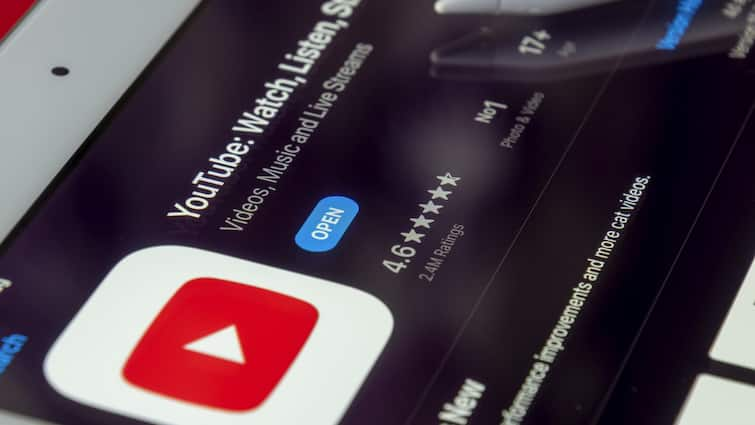Social media and messaging apps are being increasingly used for news consumption in India, according to the recent findings of 2024 Digital News Report. According to the surveyed respondents, there has been a shift towards social media and messaging apps for consuming news, with nearly half using YouTube (54 per cent) and 48 per cent using WhatsApp, weekly, for news.
Facebook And X See Fall In Popularity For News Consumption
The findings of 2024 Digital News Report by Reuters Institute revealed that Meta-owned Facebook and X, formerly Twitter, are seeing a decline in popularity, when it comes to news consumption.
At the third spot were Meta-owned Facebook (35 per cent), followed by Instagram (33 per cent), also owned by Meta, followed by Telegram (20 per cent) and X (13 per cent), for consuming news in the country.
This comes in the wake of the criticism that media’s coverage of the Manipur violence has drawn. The coverage of the conflict between the ethnic Kuki and Meitei communities by national and regional media was criticised for its lack of context and balance. Furthermore, rampant misinformation on platforms like WhatsApp and other social media intensified the tensions, the 2024 Digital News Report by Reuters Institute added.
The Reuters Institute reports a significant decline in Facebook usage for news in many countries, especially outside Europe and the United States. Instead, there is an increasing reliance on alternatives like private messaging apps and video networks.
“Facebook news consumption is down 4 percentage points, across all countries, in the last year,” the report noted.
Video Most Popular For Consuming News
In terms of format, video has become the most popular method for consuming news, especially among younger audiences in the country. Around 66 per cent of those surveyed indicated a preference for short news videos for cosnuming news in India, while 51 per cent showed a preference for longer news formats.
“The main locus of news video consumption is online platforms (72 per cent) rather than publisher websites (22 per cent), increasing the challenges around monetisation and connection,” the report adds.

